All About Spring Wire
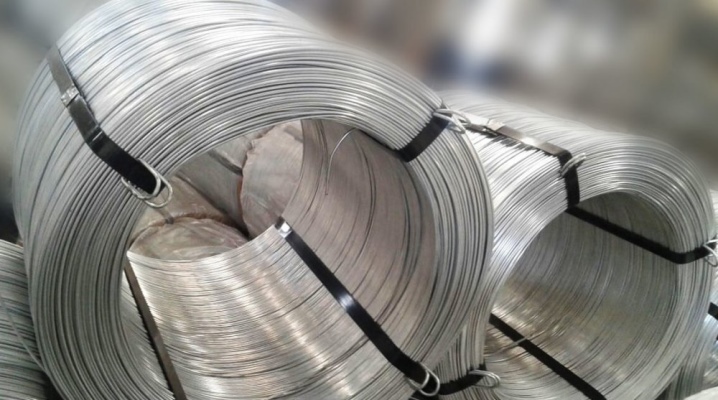
Spring wire (PP) is a high-strength metal alloy product. It is used for the release of compression, torsion, extension springs; different types of hooks, axles, hairpins, piano strings and other parts with spring characteristics.
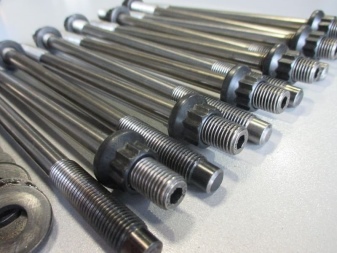
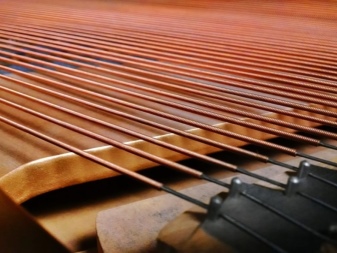
Features and requirements
The most demanded diameter is 6-8 millimeters. For the manufacture of spring wire, steel wire rod is used. Technical requirements are established in accordance with GOST 14963-78 or GOST 9389-75. Sometimes deviations from the norms for the requirements of the spring wire are allowed. For example, at the request of the customer, the amount of manganese in the composition can be changed, but only if chromium and nickel were not used in the manufacture.
To avoid partial or complete destruction of finished products, GOST prescribes an ideal wire web surface without any defects.
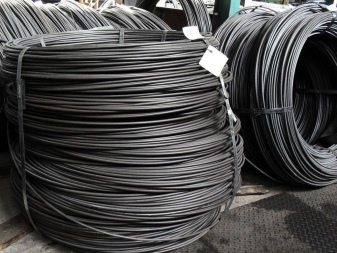
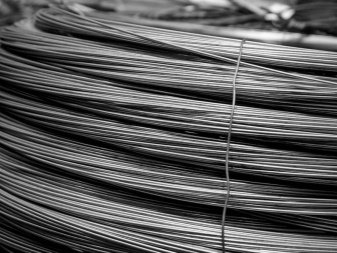
During operation, the load will be created in places that are not resistant to flaws. Therefore, all raw materials are tested before the manufacture of springs.
The strength of the spring blade directly depends on the size of the diameter, the strength of the small diameter is much higher. For example, the cross-sectional size of 0.2-1 millimeters is almost twice as strong as wire with a cross-section of 8 millimeters. The release form of the finished spring wire can be in the form of coils, coils (permissible weight 80-120 kilograms) and coils (500-800 kilograms).
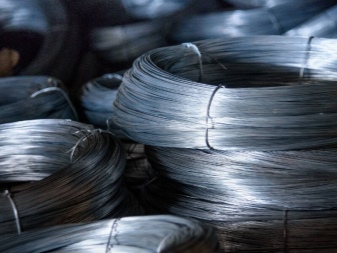
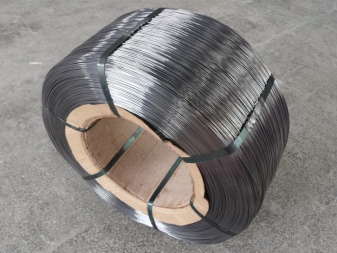
Production
According to the established rules of GOST, the wire is created by broaching or drawing initial blanks through holes arranged in order of decreasing section diameter. To increase the tensile strength, thermal hardening is carried out at the end. When drawing, a special shape for calibration - a die - is installed at the last exit hole of the machine. It is installed in the case when the material must be made already calibrated and not have defects on the surface.
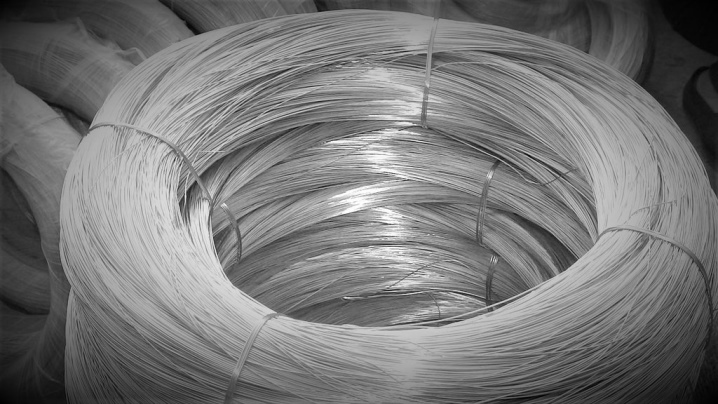
The main properties of raw materials for the manufacture of wire are the elasticity and fluidity of the material. Increases in elasticity are achieved by quenching the alloy in oil, the temperature of which can be 820-870 C.
Then the wire is tempered at a temperature of 400-480 C. The hardness of the web is 35-45 units (from 1300 to 1600 kilograms per 1 square millimeter of the plane). To improve technical properties such as stress suppression, carbon steel or high alloy steel is used. Usually manufacturers make it from alloy grades - 50HFA, 50HGFA, 55HGR, 55S2, 60S2, 60S2A, 60S2N2A, 65G, 70SZA, U12A, 70G.
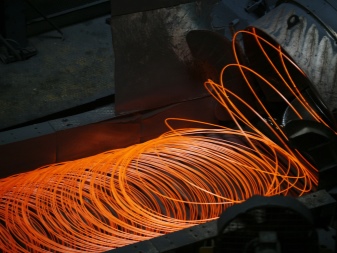
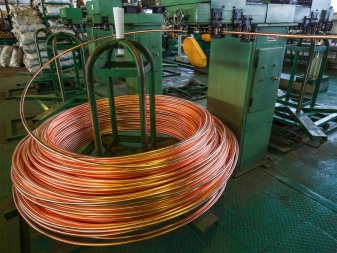
Species overview
By chemical composition, steel wire is divided into carbon and alloy. The former are subdivided into low-carbon ones with a carbon content of up to 0.25%, medium-carbon ones with a carbon content of 0.25 to 0.6%, and high-carbon ones with a carbon content of 0.6 to 2.0%. A separate variety is stainless steel or corrosion-resistant. Such characteristics are achieved by adding to the composition of alloying components - nickel (9-12%) and chromium (13-27%). Depending on the initial raw material, the final result of the wire can be dark or bleached, soft or hard.
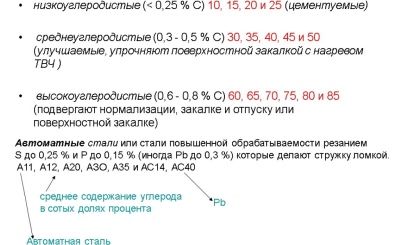
It should be noted such a variety as steel wire with memory - titanium and neodymium in the composition give it unusual properties.
If the product is straightened and after a while heated on fire, the wire will return to its original shape. According to its mechanical properties, spring wire is divided into:
- classes - 1, 2, 2A and 3;
- brands - A, B, C;
- resistance to loads - highly loaded and heavily loaded;
- application for loads - compression, bending, tension and torsion;
- the size of the section diameter - round and oval, square and rectangular, hexagonal and trapezoidal are also possible;
- stiffness type - variable stiffness and constant stiffness.

In terms of manufacturing accuracy, the wire can be of increased accuracy - it is used in the production and assembly of complex mechanisms, normal accuracy - it is used in the manufacture and assembly of less complex mechanisms.
Where is it applied?
The production of springs is either cold or hot. For cold winding, special spring-coiling machines and machines are used. The wire must be carbon steel because the final piece will not be hardened. In Russia, the cold method is used more often, since it is not so expensive and costly.
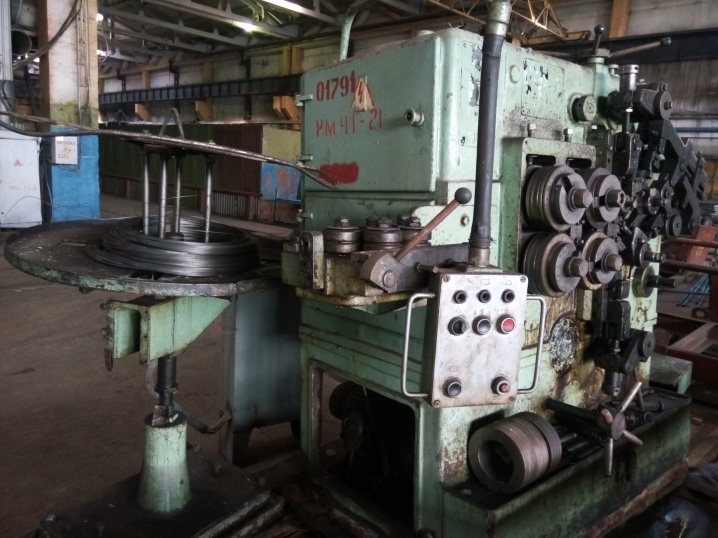
The cold winding equipment is equipped with two main shafts, one regulates the tension and the other sets the direction of the winding.
Process description.
- The spring wire is prepared for work and checked for defects.
- The web of wire is threaded through the bracket in the caliper, and the end is secured with a clip on the frame.
- The upper shaft adjusts the tension.
- The take-up roller is switched on (its speed depends on the wire diameter).
- The web is cut when the required number of turns is reached.
- The last stage is mechanical and heat treatment of the finished part.
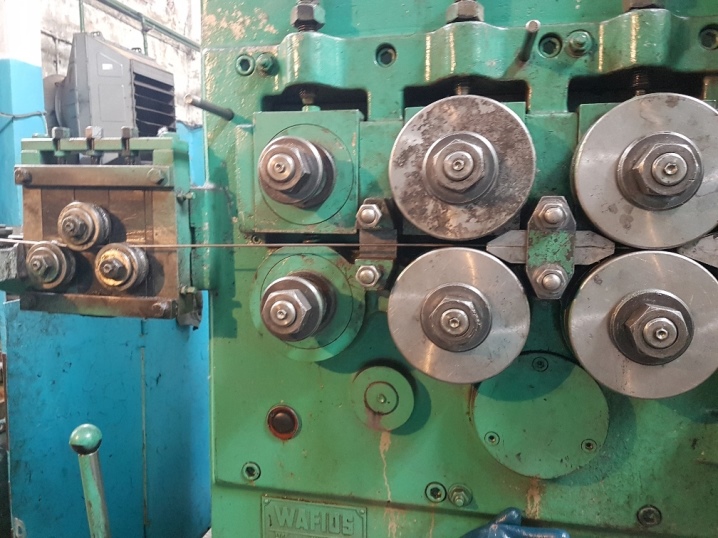
The hot method can produce parts only with a cross-sectional diameter of 1 centimeter. During winding, rapid and uniform heating occurs. The process is as follows.
- A sheet of wire, heated red-hot, is pushed through the retainer and the ends are secured with clamps.
- The upper roller sets the tension.
- The rotation speed is regulated (it also depends on the diameter), the machine is turned on.
- After the workpiece is removed.
- Next comes thermal quenching - cooling in an oil solution.
- Mechanical treatment of the finished part and application of an anti-corrosion compound.
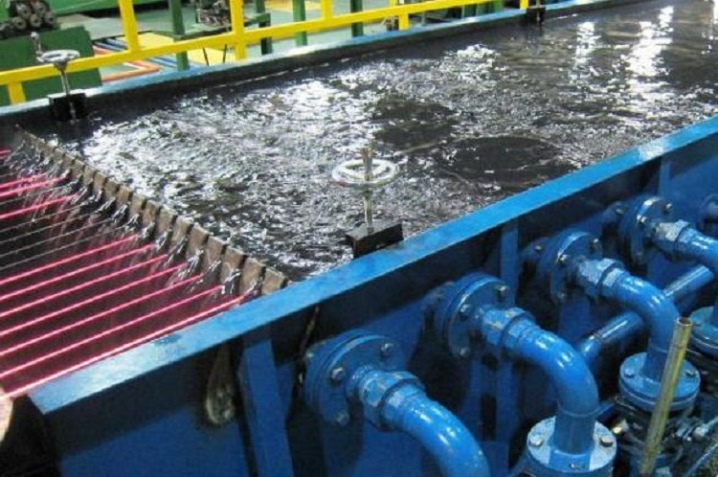
During the hot winding method, cutting the spring into pieces is not provided if the required size has already been reached, that is, the winding takes place over the full length of the web. After that, it is cut into pieces of the required length. In this method, the last heat treatment is needed to relieve internal stress from the part. It is recommended to work with an oil solution rather than water, so that cracks do not develop on the steel during quenching.
See below for what spring wire looks like.













The comment was sent successfully.